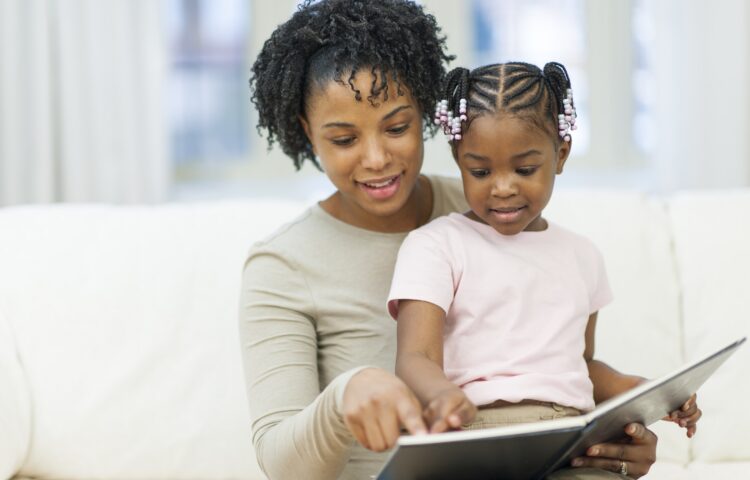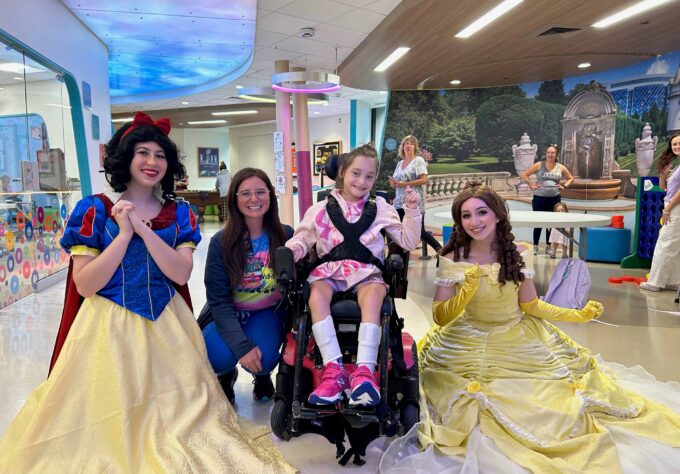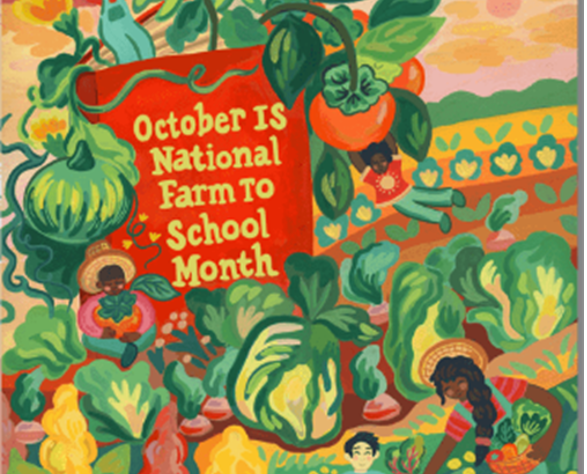While many parents are familiar with developmental screenings for hearing or vision, they may not be aware of the importance of screening for issues like reading readiness.
Reading readiness screening tools—like the Nemours BrightStart! Preschool Reading Screener for children ages 3-5—can provide a snapshot of a child’s progress in essential pre-reading skills. They can also show how a child’s progress compares to developmental milestones for those skills. Early screening gives parents, health and early childhood professionals the chance to offer additional supports for children who may not be on track for developmental milestones. Providing these supports as early as possible makes it much more likely that children will gain the skills they need to be successful readers.
Nemours knows that literacy and health are connected, so we developed ReadingBrightStart.org to help parents build their children’s early literacy skills. It’s loaded with tips, milestones, developmentally appropriate activities, articles and recommended books by age, for children from birth through age 5. The site features Nemours BrightStart!’s Preschool Reading Screener, designed for a parent to complete with their child. It takes only 5 to 7 minutes to complete, and provides a snapshot of a child’s progress in four essential reading readiness skills: oral language; letter knowledge; phonological awareness; and beginning writing.
The Preschool Reading Screener was developed and tested with thousands of parents, using rigorous research showing that it is easy and accurate. Nearly 14,000 (13,873) parents in all 50 states and Washington D.C. have completed the screener; more than 5,000 (5,181) gave us permission to use their data for further research*. With this data, we can help to better determine where each child is on their journey to becoming a reader, and ensure that they are on track for reading success.
Here are the results:

Out of a maximum possible 31 points, the average score for 3-year-olds is 18; for 4-year-olds, 23; and for 5-year-olds, 26.
Not surprisingly, 3-year-olds earn most of their points on oral language items including skills such as, “continuously understands and uses new words” and “connects own feelings and experiences to stories we read together.”
Three-year-olds know quite a bit about letters, too. For example, 64% of 3-year-olds recognize their own names in print and 82% can name some letters. They also have some beginning knowledge of rhyming and beginning sounds—which are the earliest emerging phonological awareness skills—and beginning writing. Nearly 95 percent of 3-year-olds enjoy drawing and scribbling, and 64% already understand that writing is different than drawing a picture.
For 4-year-olds, the emergence of letter knowledge is especially striking. Whereas 59% of parents report that their 4-year old says the correct sound as mom or dad points to a letter, 69% of 4-year-olds point correctly to some letters when parents name the letter’s sound, and nearly 88% point to some letters when named by the parent. Importantly, nearly 68% of 4-year-olds are able to identify at least 18 upper case letters, a skill that is vital for being on track for reading success as children move into kindergarten.
More than 90% of 5-year-olds demonstrate strong letter naming skills. For example, 94% of 5-year-olds can sing, say, or recite the alphabet; 93% can point correctly to some letters as a parent names them; and 96% can name some letters. Skill with letter sounds is also strong: 86% of 5-year-olds point correctly to some letters as a parent names the letter sound, and 78% say the correct sound as a parent points to the letter. Five-year-olds are also good at identifying two words that rhyme (82%), and 71% can state a word that rhymes with a word said by the parent. Blending words is easier for 5-year-olds than breaking them apart: 65% can blend two words into a compound word, whereas 54% can break compound words apart.



